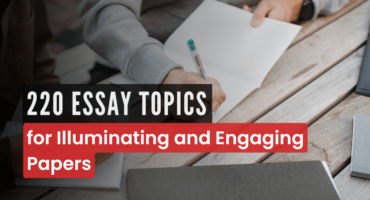
Q1. Given Chris obtained the shoulder wound when diving into muddy dam water; and his temperature of > 38 oC, what condition would this make Chris susceptible to?
Prevalence of Fever is more evident in the patient who experience a neurological injury (Hinson et al., 2018). However, Chris encountered the laceration from the old car which could be a one of the factor associated with the immune response by the foreign body enables to enters into the blood stream which activated the cytokine release. Injury cause by any blunt trauma can probe the inflammatory response that releases the DAMPs (Damage-associated molecular pattern). Initially the borderline hyperthermia is a physiological response, whereas, this could prone to sepsis or MODS (multiple organ dysfunction syndrome). (Skelton & Purcell 2021)
Q2. Based on your answer to question 1, describe the signs and symptoms of this condition
- Tachycardia
- Tachypnea
- Tachycardia with hyperthermia
- Hyperthermia and leucocytosis
- Metabolic acidosis
- Acute kidney injury
- Intravascular coagulation
- Hyperglycaemia
- Adrenal insufficiency
(Chakraborty & Burns, 2019)
Q3. Chris's wound swab has tested positive for MRSA. What is MRSA?
MRSA is staphylococcus aureus, it is commonly known as a community acquired and health care associated infections, infections caused by the skin to soft tissue injuries to invasive nature of infection. Furthermore, Staphylococcus aureus is caused by a staph bacterium that made it resistant for the antibiotics to work against it. (Kourtis et al., 2019)
Q4. Given the MRSA in Chris’s wound, what precautions would you take when changing the dressing?
Dressing procedure will be carried out as an aseptic non-touch technique for the choice of chronic wounds. First and foremost, we will make sure that the intravenous antibiotic therapy is continued, secondly whilst carrying out a procedure strict hand washing, maintenance of aseptic field and prevent contamination of the equipment when change the dressing, these are the core elements to be taken into the strict consideration. (Newton, 2010).
Q5. Chris's family are concerned about him and ask about the observations you are doing. Explain to his family why neurological observations are required for Chris’s plan of care?
Neurological observations are indication for monitoring the early neurological deterioration in the patients with the head injury, to monitor the drop of GCS further which will help in ruling out the early detection of any condition that patient perhaps develop.
Chris presented with the GCS of 14 with that he was also unconscious when he was taken out from the water, which indicates that he should be monitored for the GCS as the head injury can later increase the chances of developing intracranial haemorrhage, in addition to that, neurological diagnostic test can also help to identify the extend of injury. (Savitsky et al., 2016).
Q6. Briefly outline what neurological observations are assessing and telling us about our patients?
GCS is one of the most significant observations related to neurological observation and Chris has the GCS of 14/15 with that, monitoring of brain’s respiratory and cardiac centre depressions as well. When observing vital signs, there are few significant observations such as respiration is 15 breaths/minute, and heart rate is 62 beats/minute. This can be the borderline which required high monitoring to see the further deterioration in the vital organs of the body. (McDonald et al.,2020).
Q7. Briefly outline the structure and function of cells. Please also include cell tissue requirements for survival.
Cell is surrounded by the plasma membrane which helps in separation its content from the surrounding. Each cell consists of a protoplasm, made up of the combination of cytoplasm and nucleus and the cytoplasm holds the cytosol and the organelles. Organelles have unique and defined functions and helps to maintain the survival of the cell such as Golgi bodies which helps in the synthesising of protein and assist the protein to be taken out from the cell after packaging , ribosomes synthesis the protein within outside and inside of the cell by the help of RNA , lysosomes works as a degrading of the cellular wastage through the enzymes , mitochondria is also called as power house of the cell which evolve the energy by breaking down the food and generate the ATP, endoplasmic reticulum where the cell store calcium, enable protein and steroid synthesis. (Khan & Farhana, 2020).
Furthermore, the epithelial, connective, muscle and nervous tissue are the basic tissue types which receives oxygen and nutrients deposite by the capillaries which is present on the connective tissue where the epithelial tissue retains. (Norris & Porth, 2019).
Get Assignment Help from Me









